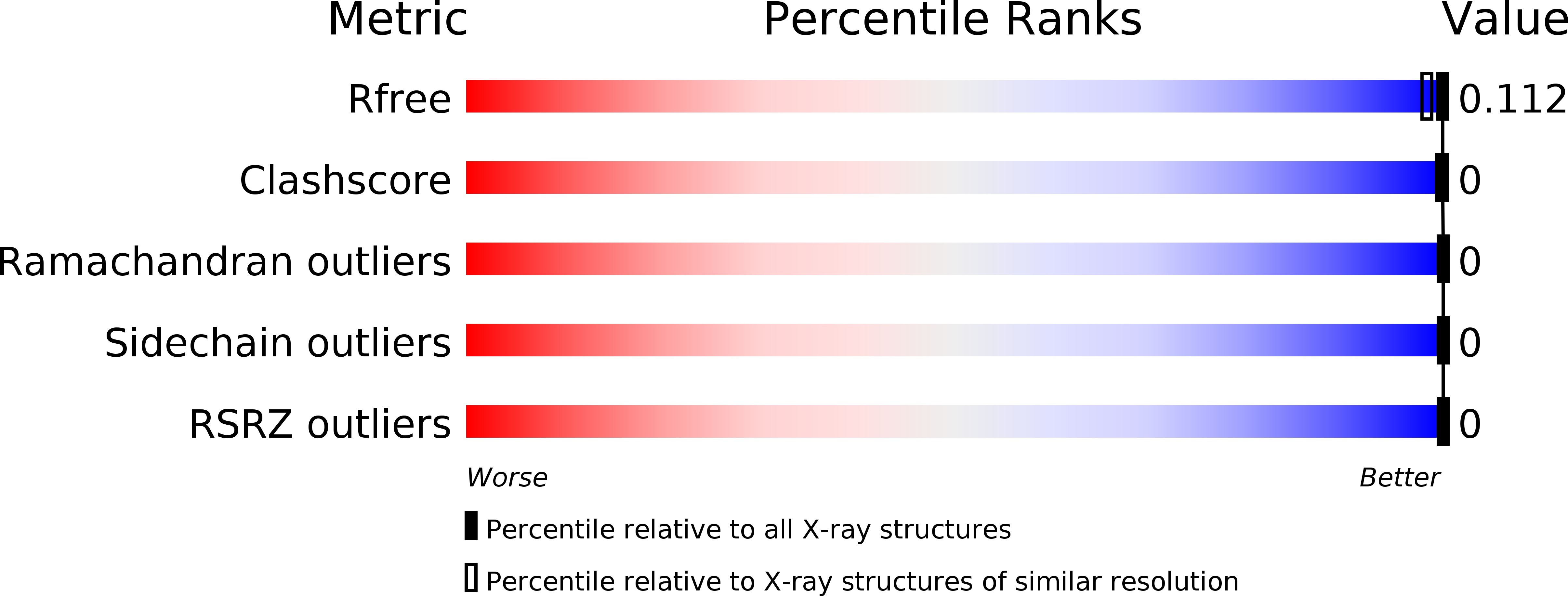
Deposition Date
2017-02-24
Release Date
2018-02-21
Last Version Date
2024-05-08
Entry Detail
PDB ID:
5N9H
Keywords:
Title:
STRUCTURE OF 283-LGNY-286, THE STERIC ZIPPER THAT SUPPORTS THE SELF-ASSOCIATION OF P. STUARTII OMP-PST2 INTO DIMERS OF TRIMERS
Biological Source:
Source Organism:
Providencia stuartii (Taxon ID: 588)
Method Details:
Experimental Method:
Resolution:
1.00 Å
R-Value Free:
0.09
R-Value Work:
0.08
R-Value Observed:
0.08
Space Group:
P 1


